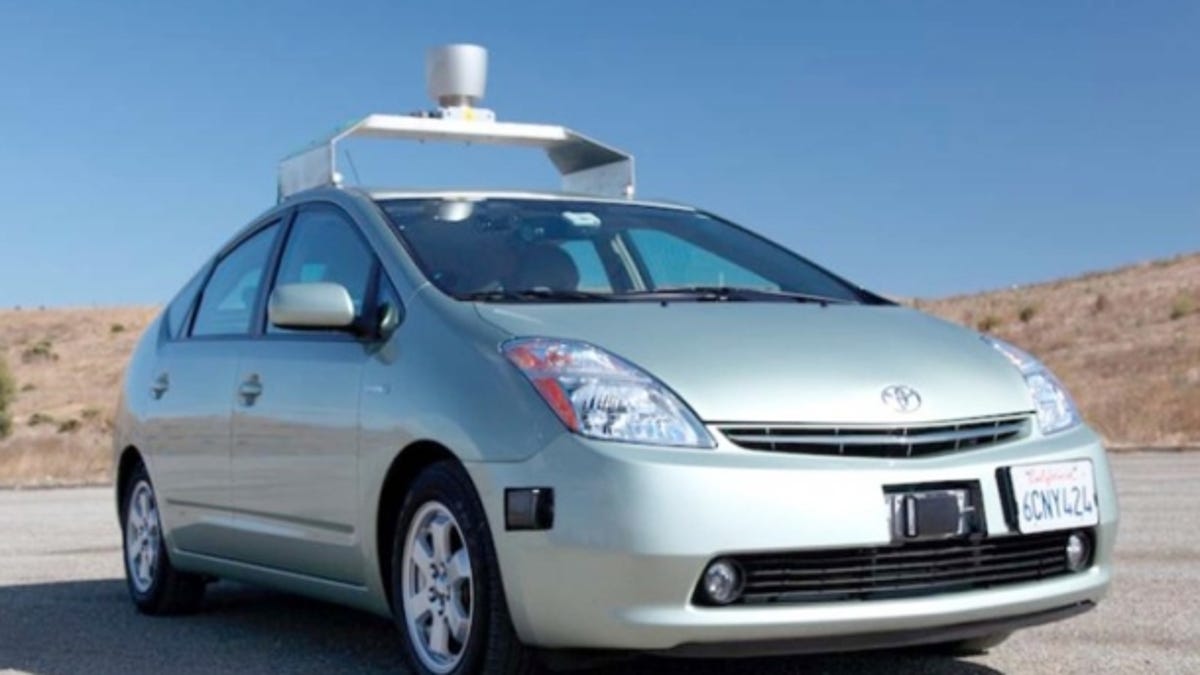Look, no hands: Feds urge safety measures for self-driving cars
Does the thought of giving up your steering wheel and letting a computer take control make you nervous? You're not alone.

If Google and many auto manufacturers have their way, we'll be ditching our steering wheels and letting computers take control of our cars in the not-so-distant future. And if the thought of robots taking the place of humans on the road makes you nervous, you're not alone.
With this new technology needs to come regulations -- or so says the U.S. Department of Transportation's National Highway Traffic Safety Administration, which on Thursday released its new policy on autonomous, or self-driving, cars. The agency said self-driving vehicles show promise but urged safety regulations and recommended that states use caution in permitting the testing of them on roads.
"We're encouraged by the new automated vehicle technologies being developed and implemented today but want to ensure that motor vehicle safety is considered in the development of these advances," NHTSA Administrator David Strickland said in a statement.
Advocates of self-driving cars expect the vehicles will save lives: after all, robots are better drivers than people on average -- or so the thinking goes. They also mean less fuel consumption and less traffic. But there are still plenty of legal ramifications and questions about whether a computer can react as quickly as a human when faced with sudden, real-world situations, like a deer running in front of the headlights, for instance.
The reality of robo-cars continues to be a long ways off -- though not so long as some might think. GM expects self-driving cars to be available by 2020. And BMW and other automakers are already incorporating some of the electronics into their cars.
The NHTSA also is launching a four-year research effort to develop safety regulations for the cars and to create guidelines for states to follow. "As additional states consider similar legislation, our recommendations provide lawmakers with the tools they need to encourage the safe development and implementation of automated vehicle technology," Strickland said in the statement.

